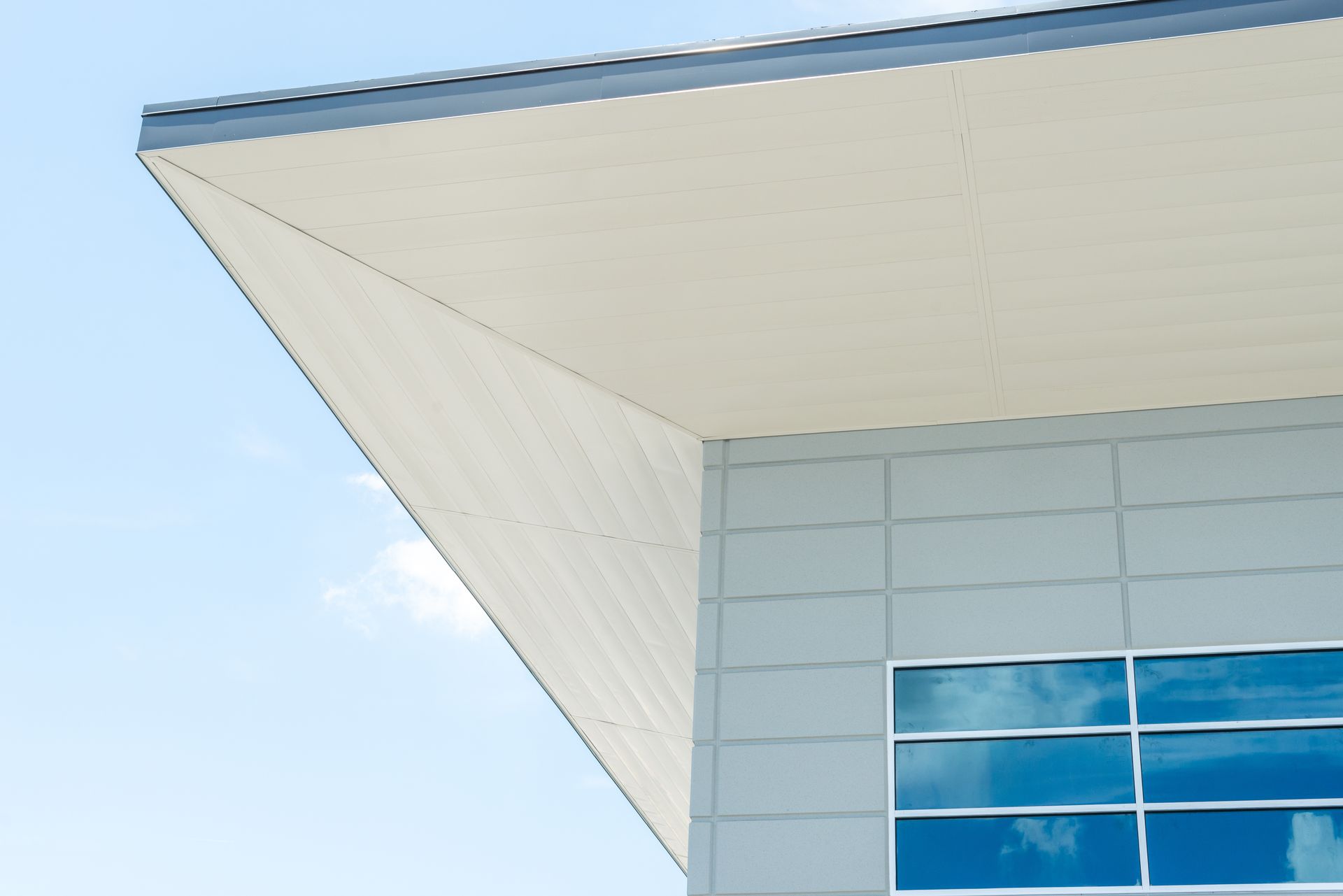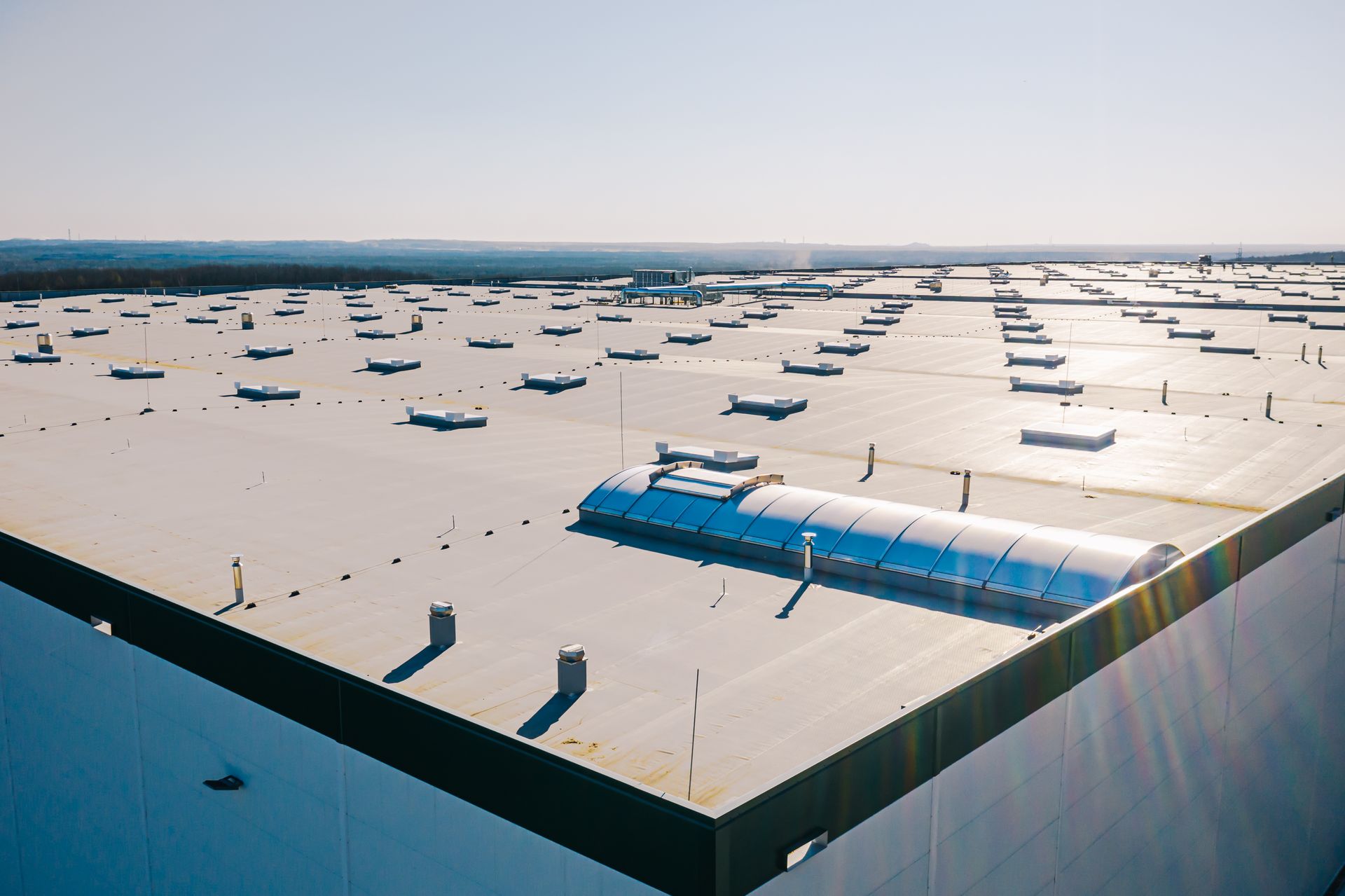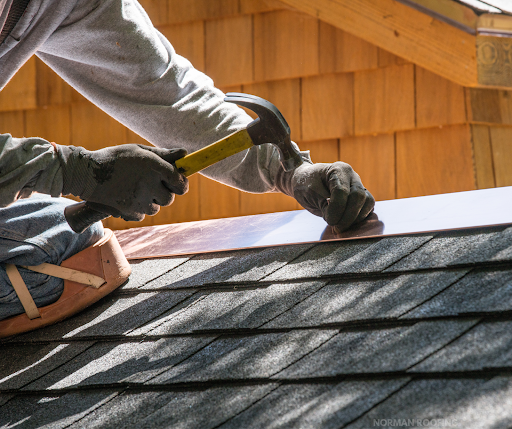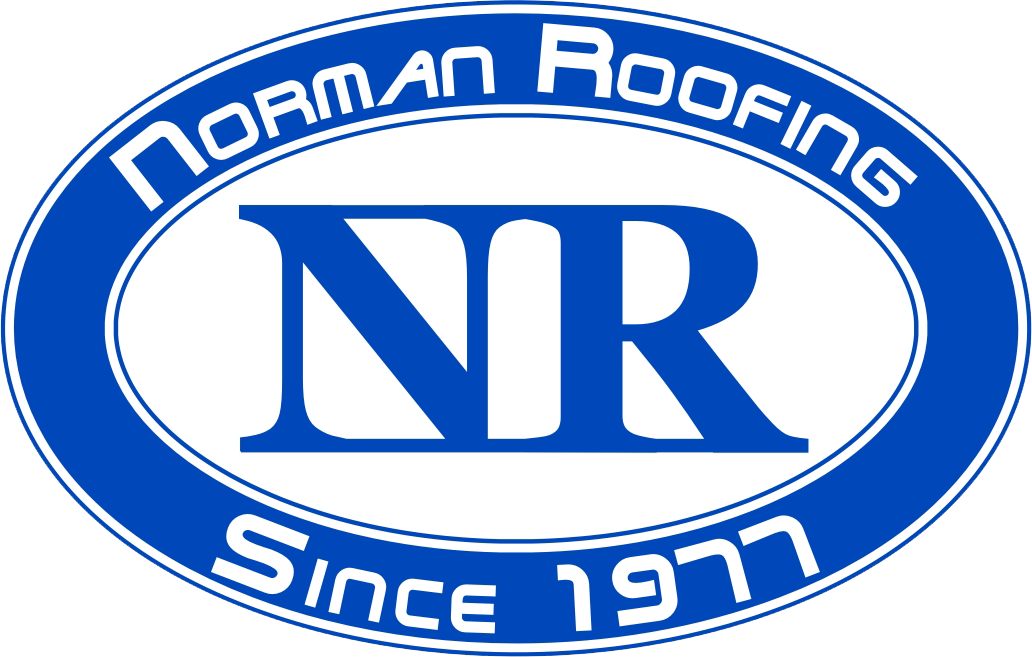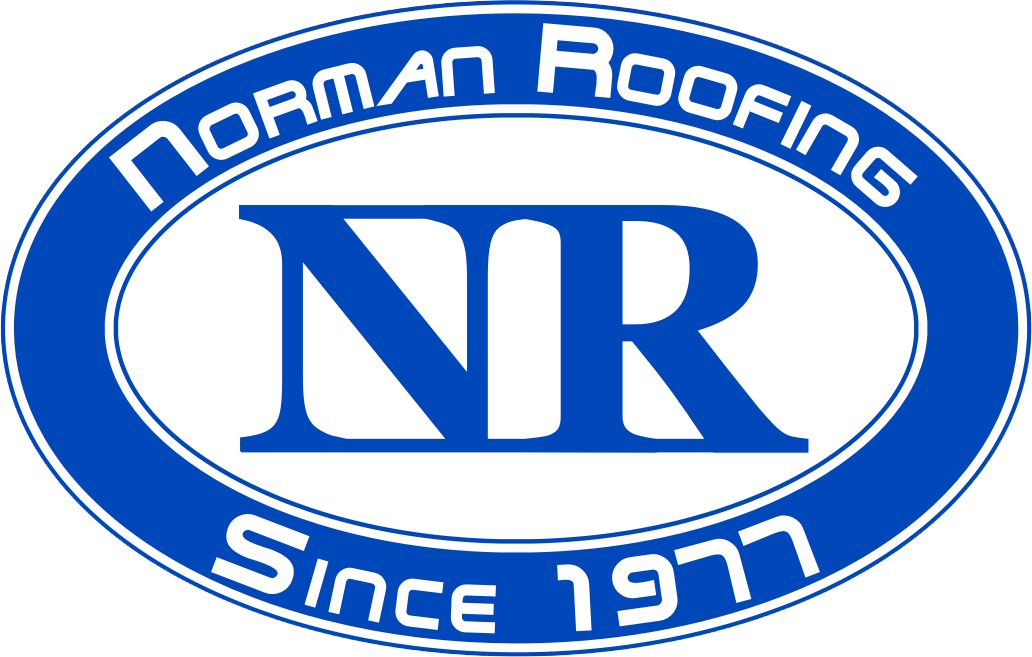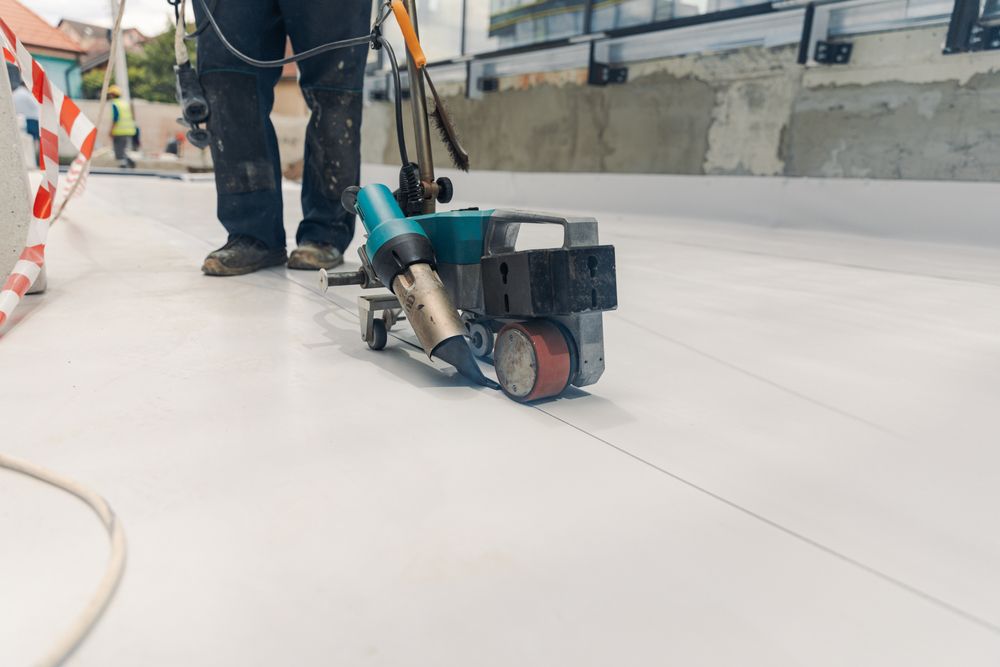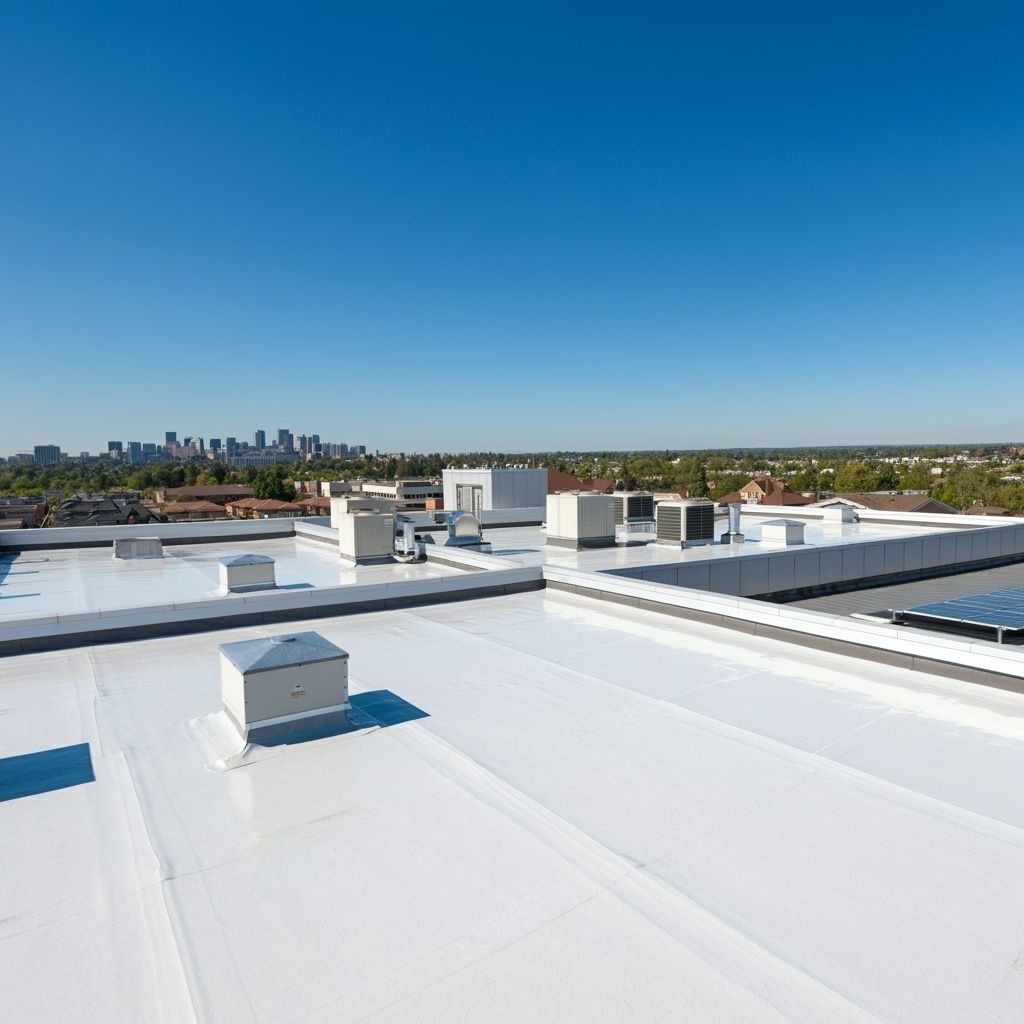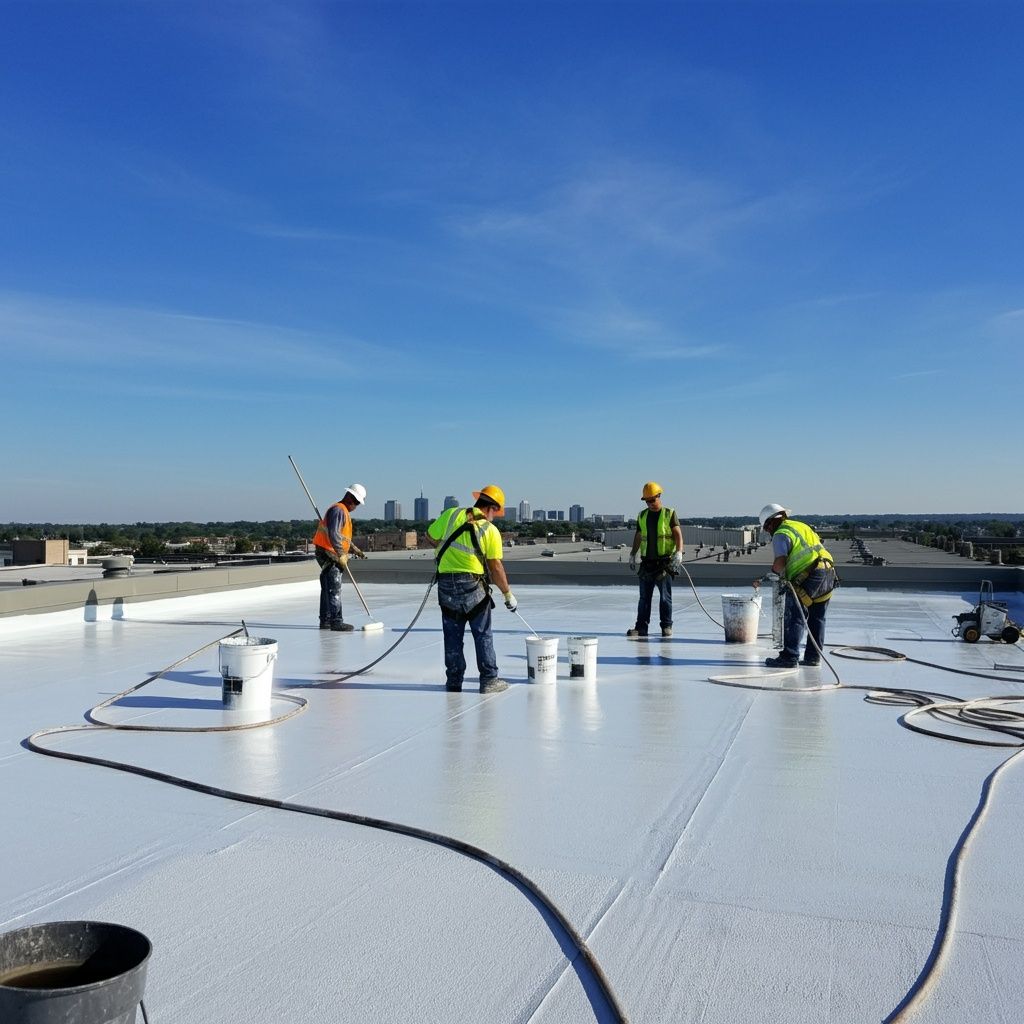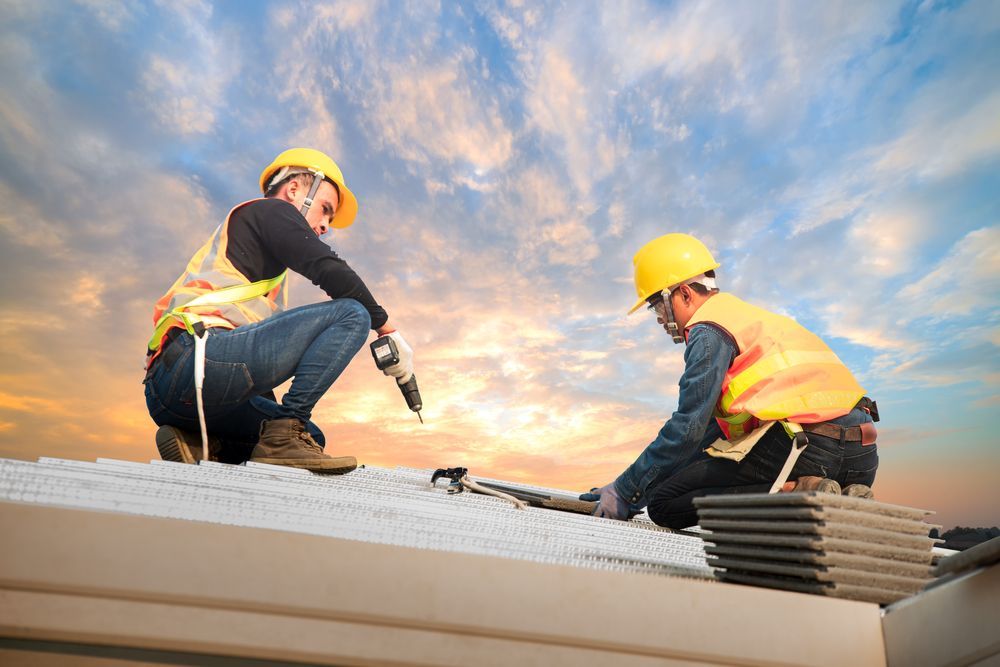How to Identify Mold, Algae and the Damages they cause on my Roof
Are you seeing spotted black dust or white spores on the roof, eves, or walls?
These could be signs of mold and algae, two of the most common problems that homeowners face. Both mold and algae cause serious roof damage that can only be addressed by a professional roofing services provider.
You may be asking, how do I know if there is a mold or algae problem on my roof? What can I do about algae and mold on my roof?
First, we have to discuss why roofs mold.
What causes roof mold or algae on roofs?
Mold is a type of fungus while algae is a form of plant life. Both grow on damp surfaces and thrive in dark, warm environments with high humidity levels.
Some of the most common causes of roof mold include:
- Poor ventilation: When your attic or roof is not properly ventilated, moisture can build up and lead to algae and mold growth.
- Leaks: If water is allowed to seep into your attic or roof, it can create the perfect environment for mold and algae to thrive.
- Humidity: When the air is too moist, it can cause mold and algae spores to grow and spread.
- Poor drainage: If water is allowed to pool around your foundation, it can seep into your home and create the perfect environment for mold or algae to grow.
Mold and algae are signs of improper or lack of roof maintenance. If you see signs of mold on your roof, it’s time to schedule an appointment with a professional who can help solve the problem before it becomes more severe.
The top signs of mold and algae on your roof
- A pungent, musty smell. This can be caused by the growth of certain types of bacteria or fungi that feed on organic matter like roof mildew, mold, and algae. If you notice this odor, it’s a good idea to have your roof evaluated by a professional.
- Discolored areas on your walls, ceilings, shingles or asphalt shingles.
Shingle mold and mildew can cause green patches or black spots on the roof. Some molds can also appear as white or grey dust in the early stages before they produce spores and change color.
Black spots in light fixtures or above ceiling fans can also indicate roofing and wood fungus.
- Water stains around gutters or downspouts. The other telltale sign of mold and algae on your roof is wet spots where water has gathered, under the shingles or between them. Water could have leaked out through holes in the seams or in through cracks in the flashing.
How to get rid of mold and algae on the roof
Dealing with mold and algae on your roof can be a real headache, but it doesn’t have to be.
You can help prevent roof leaks and ice dams yourself by cleaning the gutters. Use a hose or vacuum cleaner to get rid of any remaining debris or leaves that may have fallen into your gutters.
If you see mold or algae on your roof, contact a professional roofer in your area immediately. Getting on the roof and attempting to clean it yourself can be dangerous. A professional roofer will be able to remove the mold and algae from your roof safely and effectively, which will prevent further damage to your home.
As the leading roofing experts in McHenry County and surrounding areas, KM Construction is qualified to identify the source of mold and algae on your roof.
Our roofing experts have access to specialized equipment for removing these types of problems. After a thorough evaluation, we will share the professional roof inspection results with you and recommend solutions for any problems we find.
Contact us for black mold removal, roofing repairs, or preventive maintenance.
The post How to Identify Mold, Algae and the Damages they cause on my Roof appeared first on .
